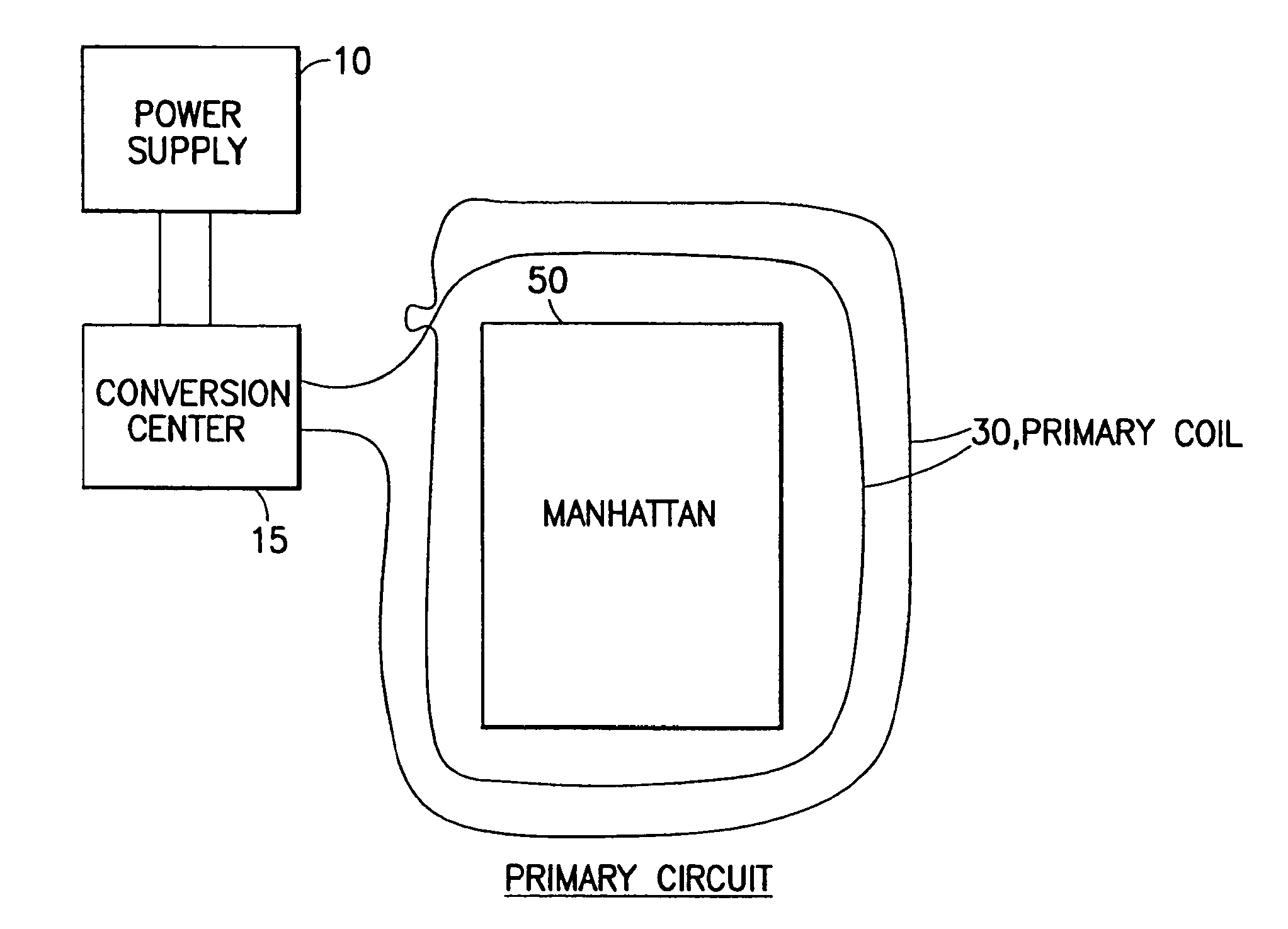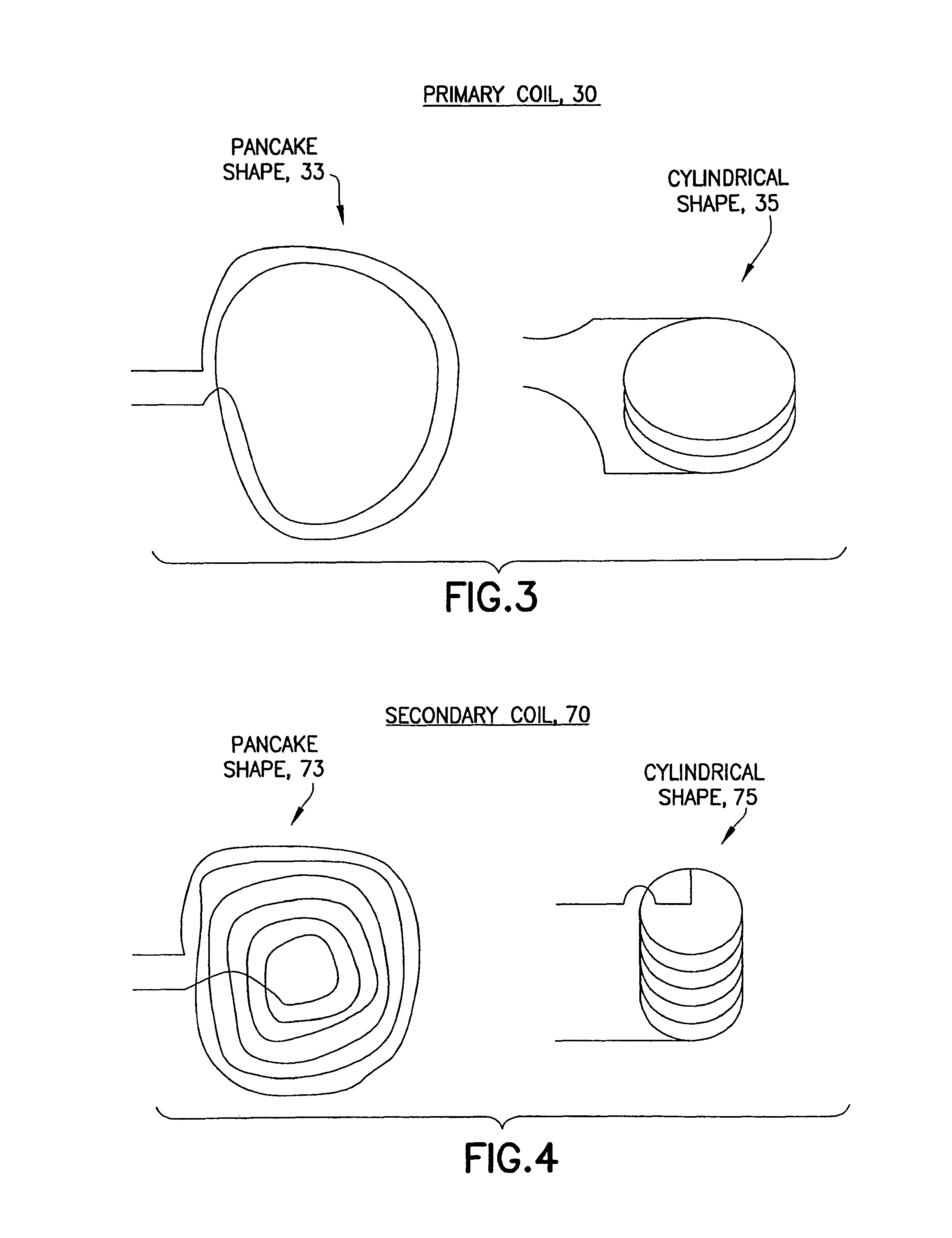Self-charging electric vehicles and aircraft, and wireless energy distribution system
a self-charging, electric vehicle technology, applied in the direction of battery/fuel cell control arrangement, light to electrical conversion, propulsion by batteries/cells, etc., can solve the problems of system impracticality, small energy generation, and sometimes larger harvesting mechanisms, so as to increase transmission distance, increase transmission efficiency, and extend the range
- Summary
- Abstract
- Description
- Claims
- Application Information
AI Technical Summary
Benefits of technology
Problems solved by technology
Method used
Image
Examples
Embodiment Construction
[0031]Disclosed is a method and system for efficient distribution of power using wireless means, and a system and method for wireless power distribution to provide electric vehicles with a way to continuously and wirelessly collect, use and charge their power systems and thereby use the transmitted power to effect movement.
[0032]In accordance with the invention, a system and method are provided that allows a hybrid, simplified and less costly solution for charging and providing a way for vehicles (or mobile devices) to continuously move while consuming, charging / recharging.
[0033]In one embodiment, the power transfer can take place via multiple known ways. One is similar to ways known in the art as inductive transfer of electromagnetically coupled resonating circuits. FIG. 1 is an illustration of a primary circuit of the power distribution system in accordance with an exemplary embodiment of the invention, where the primary circuit comprises a circuit that contains a primary coil and...
PUM
 Login to View More
Login to View More Abstract
Description
Claims
Application Information
 Login to View More
Login to View More - R&D
- Intellectual Property
- Life Sciences
- Materials
- Tech Scout
- Unparalleled Data Quality
- Higher Quality Content
- 60% Fewer Hallucinations
Browse by: Latest US Patents, China's latest patents, Technical Efficacy Thesaurus, Application Domain, Technology Topic, Popular Technical Reports.
© 2025 PatSnap. All rights reserved.Legal|Privacy policy|Modern Slavery Act Transparency Statement|Sitemap|About US| Contact US: help@patsnap.com



